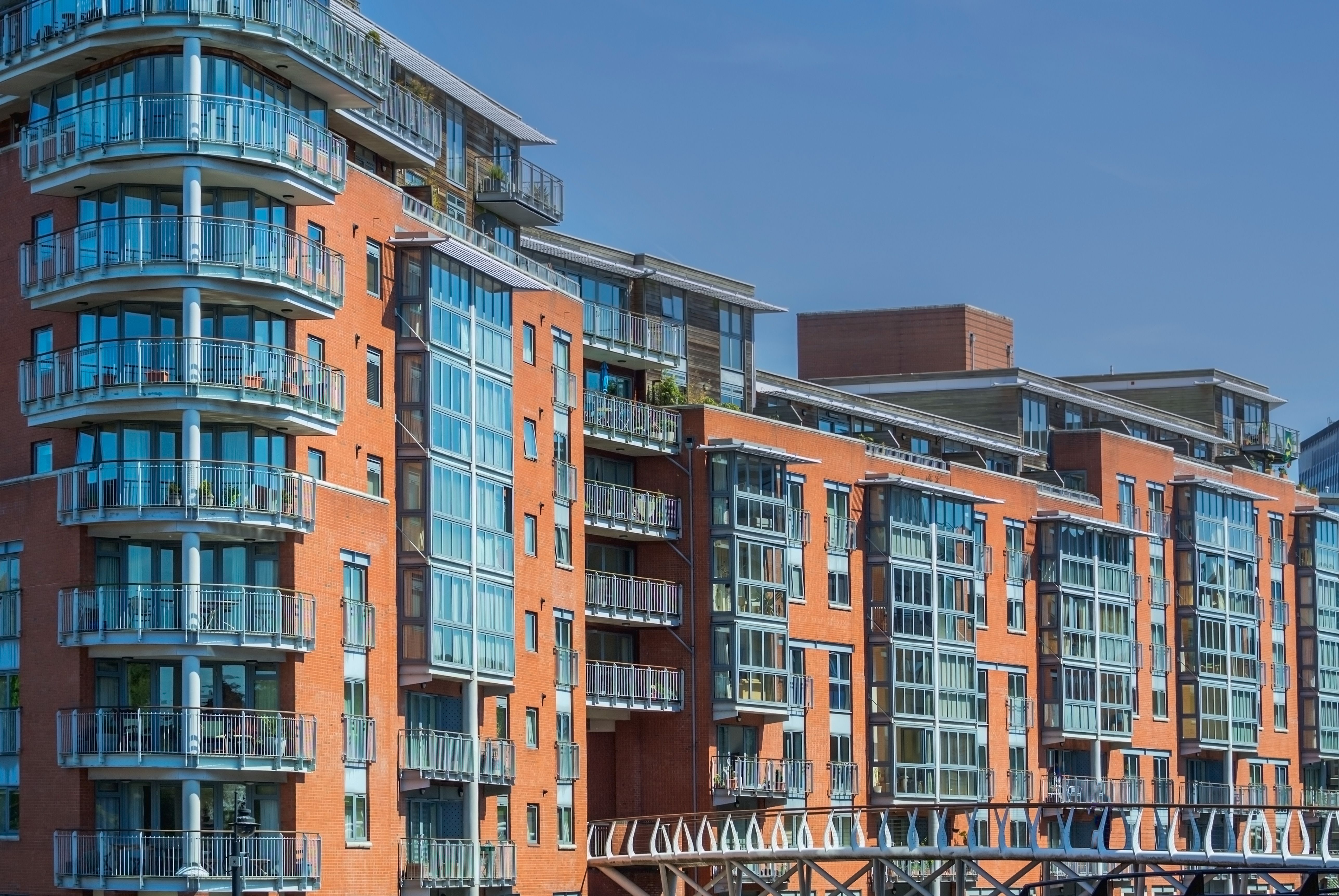
The housing secretary pledged £3.5bn today to remove unsafe cladding from high-rise buildings over 18 metres high in England.
Thousands of flat-owners face huge bills for improvements, three years after the Grenfell Tower disaster highlighted lapse fire-safety standards across the country.
Many are trapped in flats they cannot sell or fully insure until these improvements are made, and are in danger of bankrupting themselves if they attempt to meet costs which can run into tens of thousands of pounds.
The government says the fund targets the cash at buildings between 18 and 30 metres high which “are four times as likely to suffer a fire with fatalities or serious casualties than apartment buildings in general”.
Housing Secretary Robert Jenrick adds: “Our unprecedented intervention means the hundreds of thousands of leaseholders who live in higher-rise buildings will now pay nothing towards the cost of removing unsafe cladding.”
The government adds, in blocks under 18m a long-term scheme will be set up to protect leaseholders which would mean no leaseholder would pay more than £50 a month to remove of unsafe cladding.
The £3.5bn pot, follows £1.6bn that was announced for the removal of unsafe cladding last year.
Jasjyot Singh Lloyds Banking Group managing director, consumer and business banking, says: “The proposals announced today for the new fund will bring welcome peace of mind to those living in high rise properties and should make it easier for homeowners and homebuyers to access mortgages.
Lloyds also welcomed government backing of draft Royal Institution of Chartered Surveyors proposals to relax fire inspection certificate on smaller buildings.
Currently, many lenders rely on proof of an inspection by an expert in an ESW1 form to demonstrates a building does not have any dangerous cladding and does not need expensive fire safety upgrades.
Flatowners unable to pay for these costly survey found their properties had become virtually unmortgageable.
But new RICS guidelines to its members now says that this form should not be necessary for buildings under four storeys as they present lower risks.
Around 274,000 flats are estimated to have dangerous cladding, according to the Association of Residential Managing Agents.
Singh adds: “We also welcome the government’s endorsement of the draft RICS guidelines which should provide much-needed clarity and consistency for lenders, surveyors and homeowners.”
Lloyds adds: “We continue to actively lend on flats in these properties taking a risk-based approach, and we actually lent more on flats in 2020 than we did in 2019.
We welcome these steps which will encourage other lenders to do the same.”
However, several housing groups add that many more billions are needed from the government and the construction industry, because fire concerns have led onto a range of costly building safety issues that need to be addressed.
The Intermediary Mortgage Lenders Association executive director Kate Davies says:” This is certainly a step in the right direction, but given that the estimated total costs are likely to exceed £15bn we need more of giant leap to address this awful issue swiftly and effectively.
“That may sound like a huge amount – but just to put it into context – banks collectively paid out over £55 billion in compensation to victims of PPI mis-selling – which cannot be condoned, but which did not pose a risk to lives or property.”
Davies adds: “It’s also disappointing that this support will only apply to buildings over 18 metres high. We know that many flat owners are trapped in stalemate situations where inspections have revealed safety issues which are going to need remediation. The Government’s announcement of a financing scheme to help those in low-rise properties will provide some support to those affected.
“However, it is still unacceptable that leaseholders should ultimately be expected to foot the bill for shoddy workmanship which may have been compounded by careless or incompetent inspections at building stage.
“This horrible issue has already been going on too long – and risks dragging on for years, causing real misery for those caught up in it. We need some bold, brave steps to be taken now to rectify the structural problems.”


